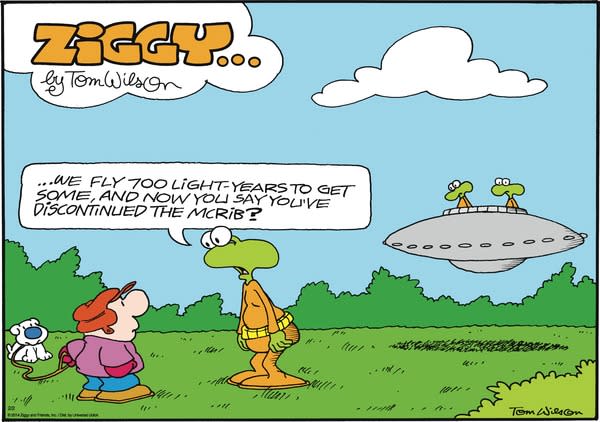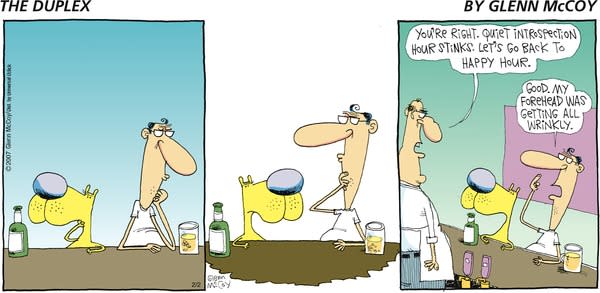Carolina Naturally is read in 195 countries around the world daily.
Don't forget to visit our sister blog: It Is What It Is
Some of our readers today have been in:
The Americas
Britannia, Ottawa, Templeton, Montreal, Pikangikum, Vancouver, North York, Sioux Lookout and Thunder Bay, Canada
Buenos Aires, Argentina
Lima, Peru
Panama, Panama
Mexico City, Mexico
San Jose, Costa Rica
Port-Of-Spain, Trinidad and Tobago
Sao Paulo, Brazil
Tipitapa, Nicaragua
Bogota, Colombia
Etowah, Winooski, Glen Burnie, Drexel Hill, Militpas and Cooleemee, United States
Europe
Neuchantel, Switzerland
Ravenna, Ivrea, Milan and Cavallino, Italy
Woking and London, England
Vigo, Madrid, L'Olleria and Cadiz, Spain
Bialystok, Jaworzno, Wroclaw, Zyrardow, Czestochowa and Warsaw, Poland
Athens, Greece
Antwerp, Belgium
Varna and Ruse, Bulgaria
Ryazan and Krasnodar, Russia
Riga, Latvia
Kiev and Zhovti Vody, Ukraine
Oslo, Norway
Dusseldorf, and Banknang, Germany
Sarajevo, Bosnia and Herzegovina
Lyon, France
Prague, Czech Republic
Reykjavik, Iceland
Niva, Denmark
Lisbon, Portugal
Dublin, Ireland
Uppsala and Ostermalm, Sweden
Ankara, Turkey
Asia
Jakarta, Tangerang, Semarang and Depok, Indonesia
Shillong, Bangalore, Pondicherry and Thiruvananthapuram, India
Kuala Lumpur, Tawau and Kota Kinabalu, Malaysia
Bangkok, Thailand
Quatre Bornes, Mauritius
Saitama, Japan
Beijing, China
Tehran and Qazvin, Iran
Muscat, Oman
Riyadh, Saudi Arabia
Kathmandu, Nepal
Dhaka, Bangladesh
Karachi and Islamabad, Pakistan
Dubai, United Arab Emirates
Rangoon, Burma
An Najaf Al Ashraf and Baghdad, Iraq
Kuwait, Kuwait
Africa
Sandton, Cape Town, Johannesburg and Pretoria, South Africa
Rabat, Morocco
Pacific
Homebush, Surrey Hills, Wollongong and Heidelberg, Australia


































